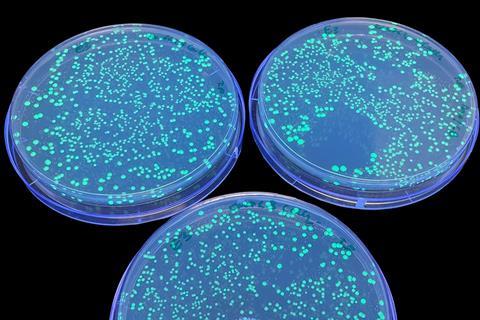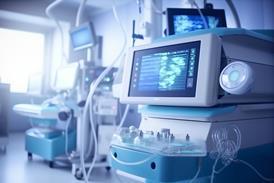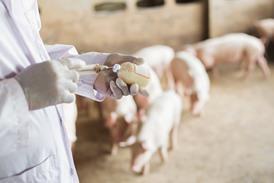
Researchers from Australia and the United States have developed a method that uses high-frequency radio waves to temporarily make bacterial cell walls ‘open’ and allow for the introduction of new genetic material so that the bacteria can be used to produce medicines.
Researchers from the Royal Melbourne Institute of Technology (RMIT), together with other Australian institutions, and US-based firm WaveCyte Biotechnologies have used the technique to produce medicines such as insulin, with more productive outcomes and using less energy-intensive when compared to current industrial processes.
By contrast, the current industry standard for delivering plasmids (small, circular, double-stranded DNA molecules) known as ‘heat shock’ kills many cells as a consequence of the heat exposure. The high temperature technique opens cell walls with a 77% success rate of DNA uptake when compared to the high energy radio wave method which allows for 91% uptake in the case of E.coli.
Published in Nano Letters, the study builds on earlier work with the Australian Centre for Electromagnetic Bioeffects Research which had previously shown how high-frequency electromagnetic energy could temporarily increase the permeability of bacterial cell walls.
The RMIT team took this work further and studied the effectiveness of high-frequency radio waves to deliver DNA via plasmids into bacteria. They found that 91% of the E.coli cells took on the plasmids after three minutes of exposure to 18GHz radio waves. The cells then closed and continued to function normally, marking a significant step forward in genetic engineering.
“Our novel and cost-effective method is shown to be highly efficient, but also gentler on the cells as no harsh chemicals or high temperatures are used in this process,” said Elena Ivanova, lead author and Distinguished Professor at RMIT.
The team also discovered the high-frequency radio waves were effective in delivering plasmids to eukaryotic cells which are found in animals, fungi and plants.
“Our focus is now on translating these findings. We have only scratched the surface of the wide range of drug delivery applications this approach could have in microbiome therapeutics and synthetic biology,” Ivanova added.
Further reading:
Genetic Transformation of Plasmid DNA into Escherichia coli Using High Frequency Electromagnetic Energy: https://pubmed.ncbi.nlm.nih.gov/38194429/
RMIT University: Radio waves can tune up bacteria to become life-saving medicines: https://www.rmit.edu.au/news/all-news/2024/feb/radiowave-drugs



















